The Puli, often referred to as the mop dog due to its distinctive corded coat, is a fascinating and unique breed with a rich history …
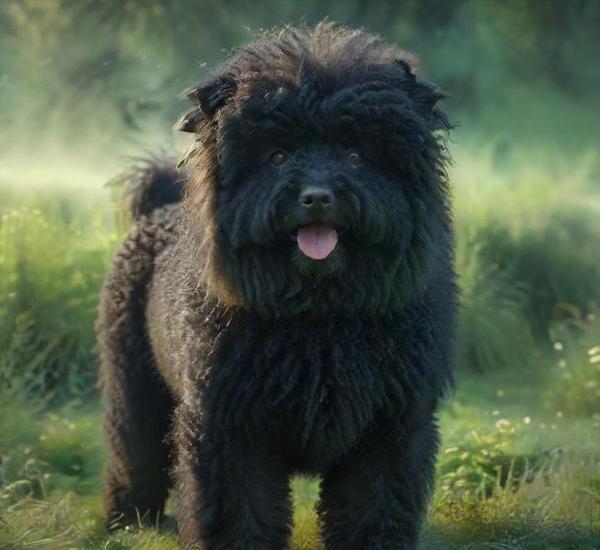
Happy Paws: All About Dogs

The Puli, often referred to as the mop dog due to its distinctive corded coat, is a fascinating and unique breed with a rich history …
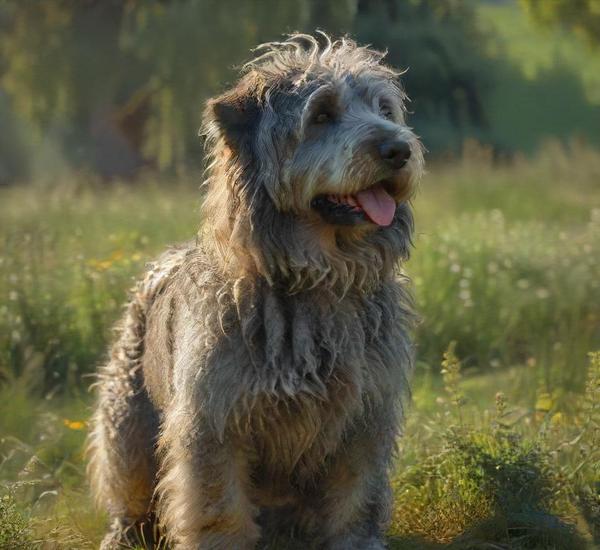
The Bergamasco Shepherd, a breed renowned for its distinctive, matted coat and herding prowess, stands as a testament to the rich heritage of Italian working …

The Weimaraner, often dubbed the Gray Ghost due to its striking silver-gray coat, is a breed that captivates with its elegance and athleticism. Known for …
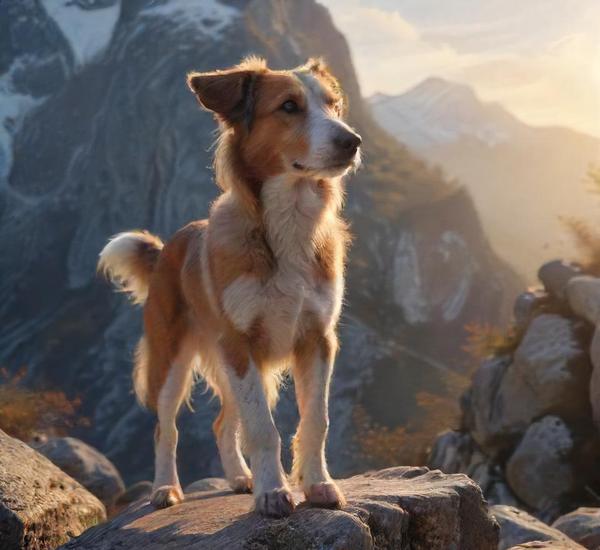
The Montenegrin Mountain Hound, an ancient and revered breed, epitomizes the rugged beauty and tenacity of the Balkan wilderness. Originally developed in the mountainous regions …
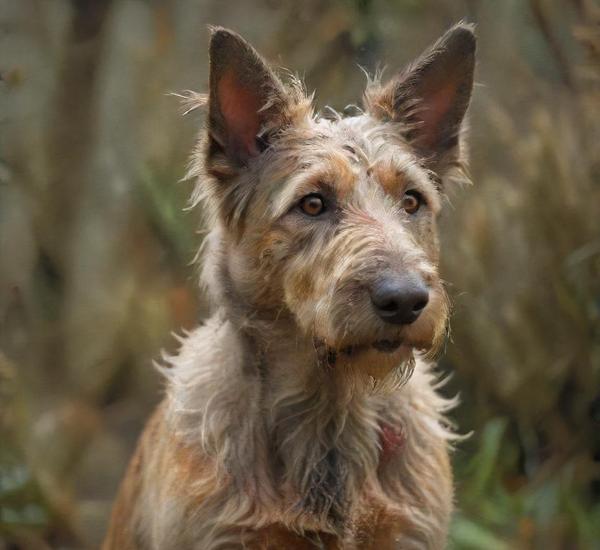
The Berger Picard, a rare and charming breed originating from northern France, is renowned for its striking appearance and intelligent demeanor. Often mistaken for its …

The Ca Rater Mallorquí, a distinctive breed native to the island of Mallorca in Spain, captivates dog enthusiasts with its unique charm and rich history. …
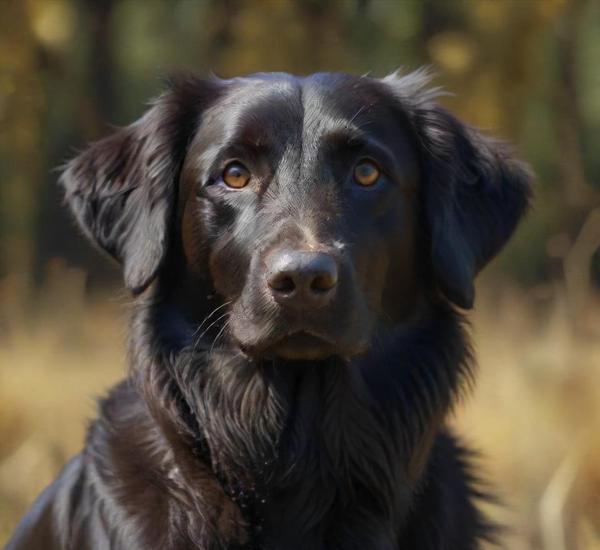
The Flat-coated Retriever, often celebrated for its exuberant personality and glossy, black or liver-colored coat, is a breed that has captivated dog lovers for over …
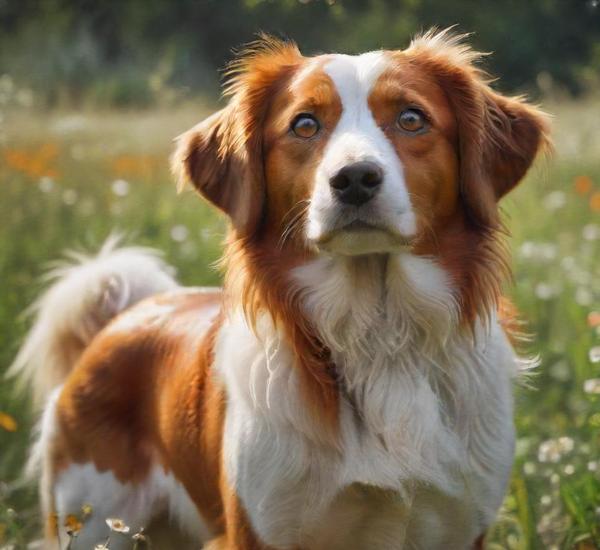
The Kooikerhondje, often affectionately known as the Kooiker, is a charming and versatile dog breed that has captured the hearts of many with its engaging …
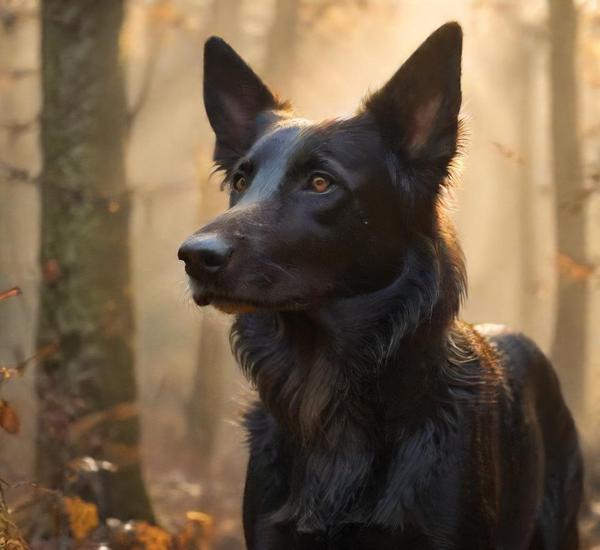
The Serbian Hound, known for its distinctive blend of athleticism and loyalty, is a remarkable breed that stands out in the world of hunting dogs. …
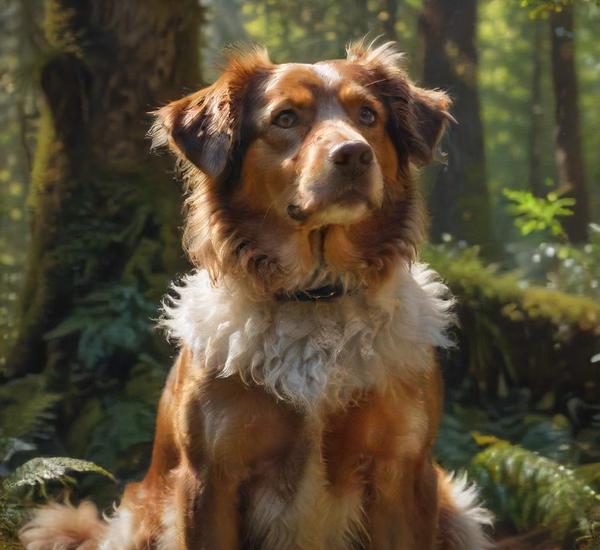
The Dunker, a relatively rare and unique breed with Scandinavian roots, captivates enthusiasts with its distinctive appearance and spirited personality. Originating from Norway, this medium-sized …